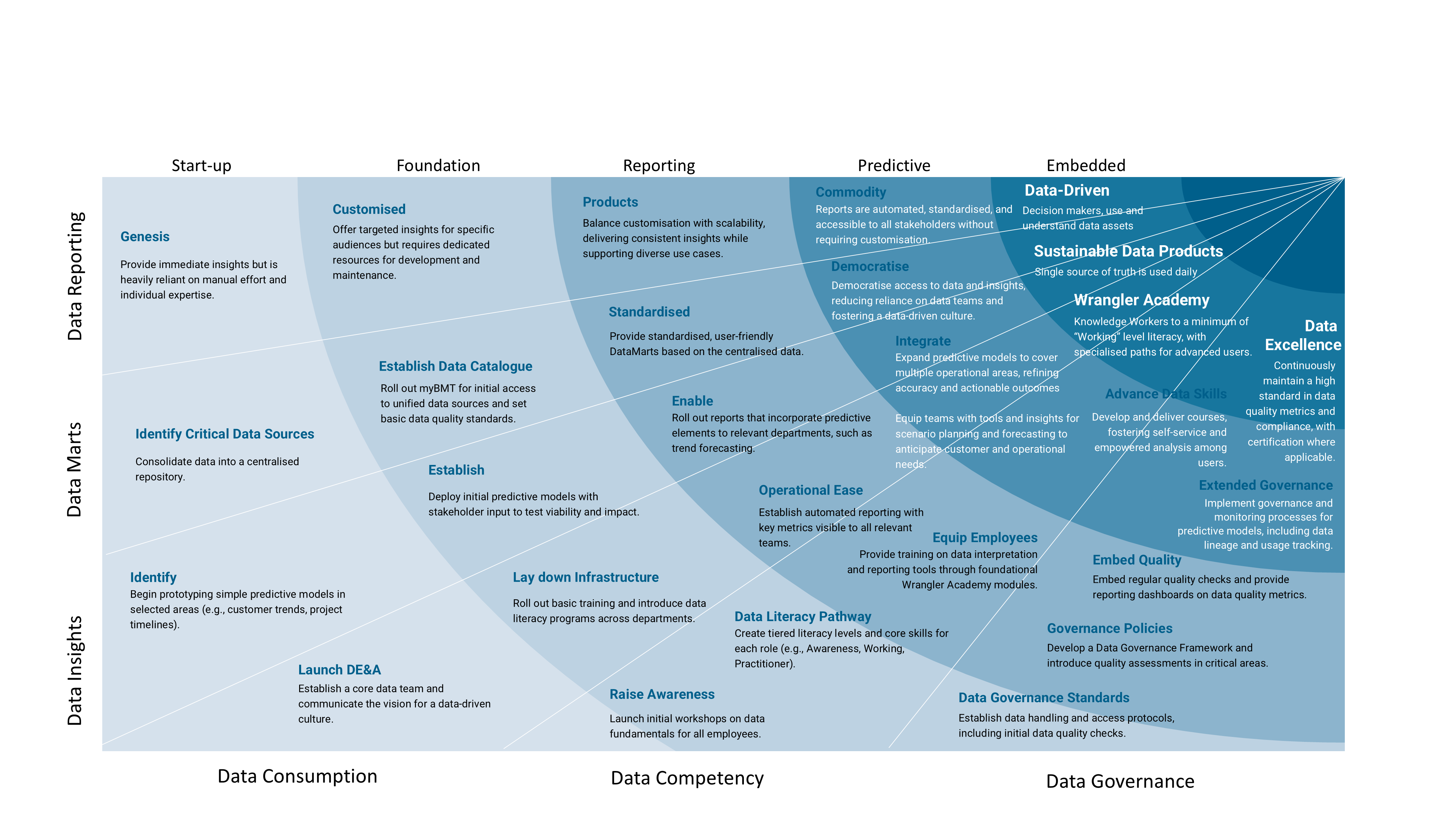Integration with Existing Systems
(Redrafted for Alignment with Integration Strategy) Key Takeaways 13.1 Integrations Strategy The Integration Strategy prioritises seamless connections between Enterprise Applications and the Global Data Warehouse to ensure standardised and accurate reporting. Key Objectives: The strategy is designed to support both real-time and batch data processing requirements, with scalability to accommodate future applications. 13.2 Integrations Architecture … Read more

